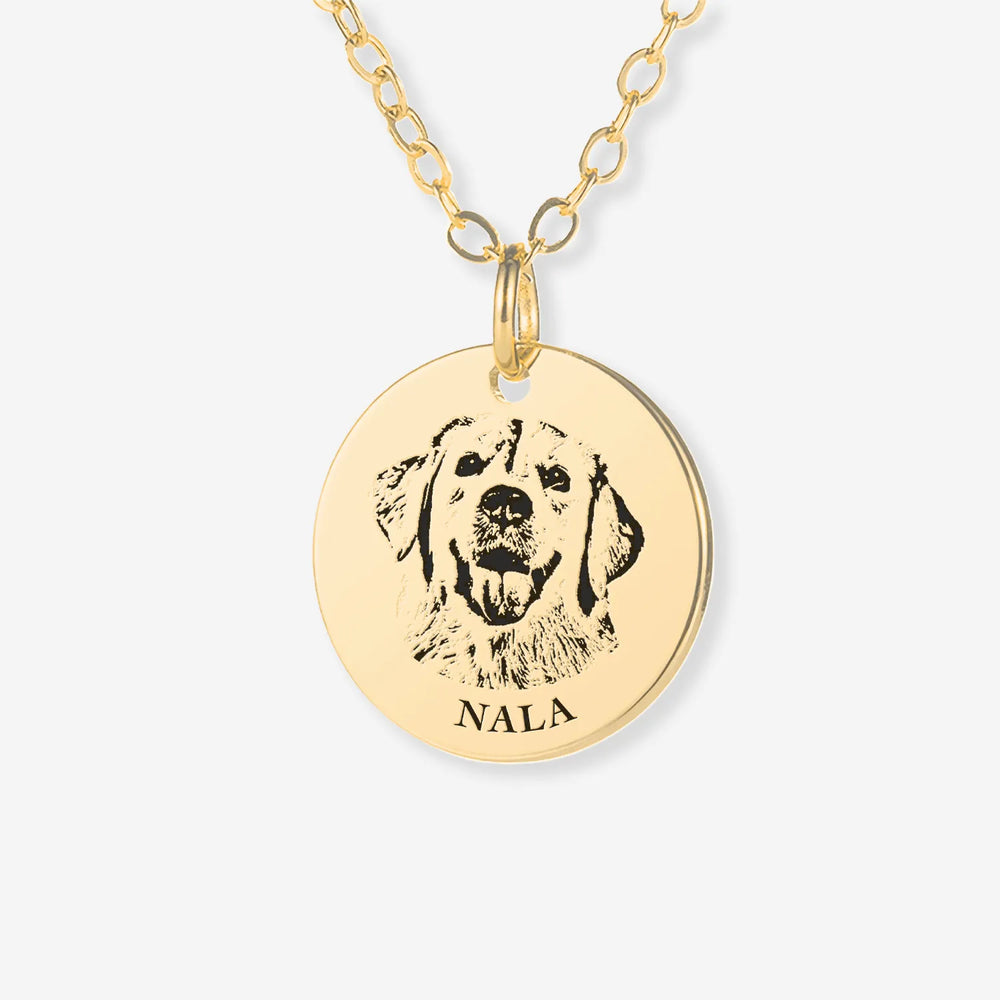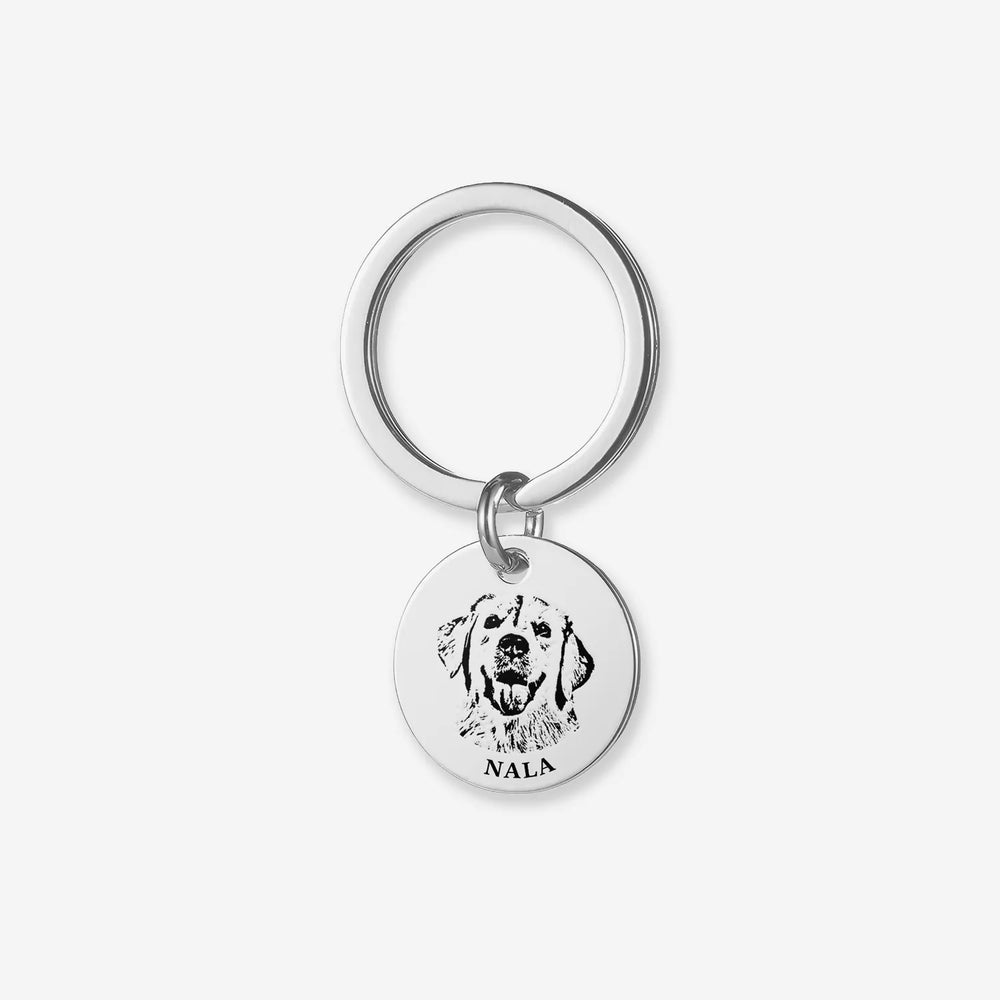Buy One, Get One FREE
How to Get Rid of Fleas on Dogs: Effective Methods

Dealing with fleas on your dog can be a frustrating experience for any pet owner. If left untreated, fleas can not only harm your dog’s health but also pose a potential risk to the health of your family members. For this reason, it’s essential to act quickly and use effective methods to get rid of fleas on dogs. In this article, we’ll explore how to get rid of fleas on your dog using various methods, whether or not you want to bathe them, and what to do when nothing works.

How to Get Rid of Fleas on Dogs Without Bathing
If you prefer not to bathe your dog but still want to eliminate fleas, there are several methods you can try.
1. Use a Flea Comb
One of the simplest ways to remove fleas from your dog without bathing is by using a flea comb. Select a fine-toothed flea comb and gently brush through your dog’s fur. Fleas will get caught in the comb’s teeth. Avoid crushing them, as this can release tapeworm eggs into your dog’s environment. Instead, place the fleas on sticky tape or drop them into water mixed with soap to kill them.
Effectiveness: This method is effective at removing fleas and preventing re-infestation. It’s a great option when nothing works, but you need patience.
2. Apply External Deworming Medication
Using deworming medication is another way to remove fleas without giving your dog a bath. Choose a reputable brand and apply the medication according to the instructions. Apply the flea treatment along your dog’s spine, behind the neck. Be sure to apply the entire dose directly to the skin to ensure its effectiveness.
Effectiveness: This method works well and effectively kills fleas. However, the results can vary based on the user’s application technique.
3. Try Flea Powder
Flea powder can also be used without bathing your dog. Apply it directly to your dog’s fur and skin. Ensure that you follow the instructions carefully and allow the powder to stay on for several days. You will likely need to use flea powder for at least seven to thirty days for the best results.
Effectiveness: While it’s not an instant solution, flea powder works effectively when used consistently over time.
4. Use Natural Flea Repellents
Natural remedies like lemon juice, orange peel juice, and apple cider vinegar can help repel fleas. Dilute these ingredients and apply them to your dog’s fur or skin. For example, you can mix lemon juice with water and spray it on your dog’s coat to help repel fleas. Apple cider vinegar can be diluted and either sprayed on the fur or added to your dog’s drinking water to change their scent, making them less attractive to fleas.
Effectiveness: While natural remedies may not work as quickly or effectively as professional treatments, they can be a good option for those seeking a more organic approach to flea removal.
5. Use a Flea Collar
A flea collar is another option for dealing with fleas on dogs. These collars contain insecticides that are released gradually to kill fleas. However, while flea collars can help to control fleas around your dog, they are not a complete solution on their own.
Effectiveness: Flea collars are effective in preventing fleas on the areas they cover, but they don’t treat fleas on the entire body.
How to Get Rid of Fleas on My Dog While Bathing

If you don’t mind bathing your dog, there are a few more methods to consider when tackling flea problems.
1. Use Flea Shampoo
One of the most effective ways to remove fleas from your dog is by using a flea shampoo specifically designed to kill fleas and their eggs. Wet your dog’s fur with warm water, then apply the shampoo. Allow the foam to sit for at least ten minutes to ensure the fleas and their eggs are thoroughly killed. Rinse with warm water and dry your dog with a towel to prevent moisture-related skin issues.
Effectiveness: Flea shampoo provides noticeable results, removing both fleas and their eggs while also cleaning up flea remains.
2. Add Flea Tablets to Bathwater
Another option is to add flea tablets to your dog’s bathwater. These tablets contain ingredients that kill fleas and flea larvae. The active ingredients penetrate the skin and eliminate both adult fleas and their eggs, leaving your dog with a cleaner and healthier coat.
Effectiveness: This method is highly effective and can provide long-lasting flea protection.
3. Use Sulfur Soap for Flea Removal
Sulfur soap is another tool that can help get rid of fleas on your dog. Simply wet your dog’s fur and lather the sulfur soap into their coat. After washing, rinse thoroughly with water. Be aware that this method can leave a strong sulfur odor, but it’s effective at killing fleas.
Effectiveness: Sulfur soap works well for killing fleas but may leave a lingering smell.
Long-Term Solutions for Flea Problems

While the methods above can help to remove fleas from your dog in the short term, addressing the source of the problem is crucial for long-term flea control. Fleas thrive in unclean, damp environments, so it's important to maintain a clean home.
Keep Your Dog’s Environment Clean
Ensure that your dog’s living area is clean and dry. Regularly clean your dog’s bedding, toys, and crates. Use a vacuum to clean areas that are difficult to reach, such as cracks in the floorboards. Open windows to ensure proper ventilation and reduce flea infestations.
Effectiveness: Maintaining a clean environment is essential for preventing flea re-infestation.
Regularly Check Your Dog’s Health
It’s important to check your dog regularly for signs of fleas. If you notice flea bites or signs of scratching, act immediately by using one of the methods outlined above. Early detection will help you address the issue before it gets out of hand.
Effectiveness: Regular check-ups and prompt action help prevent flea infestations from becoming a long-term problem.
Precautions When Dealing with Fleas on Your Dog
When using flea treatments, always follow the recommended dosages and instructions. Overuse or improper application of deworming medications can harm your dog. Additionally, if your dog shows signs of an allergic reaction, stop using the medication and consult your veterinarian. Remember, prevention is key, so regular flea treatments and maintaining a clean environment are essential.
Effectiveness: Consistent prevention efforts and timely treatment ensure that fleas don’t become a recurring problem.
Conclusion
Whether you want to learn how to get rid of fleas on your dog without bathing or find out what to do when nothing works, there are several effective solutions. From flea combs and deworming treatments to natural remedies and flea collars, the right method depends on your dog's needs and preferences. Most importantly, addressing the root cause of the flea infestation and maintaining a clean environment will help prevent future issues. By taking these steps, you can ensure that your dog stays healthy and free from fleas.




















